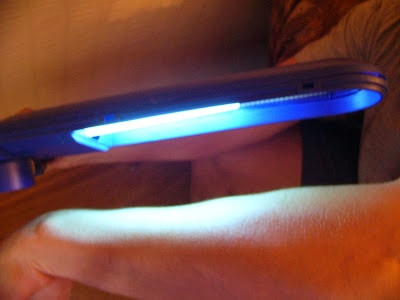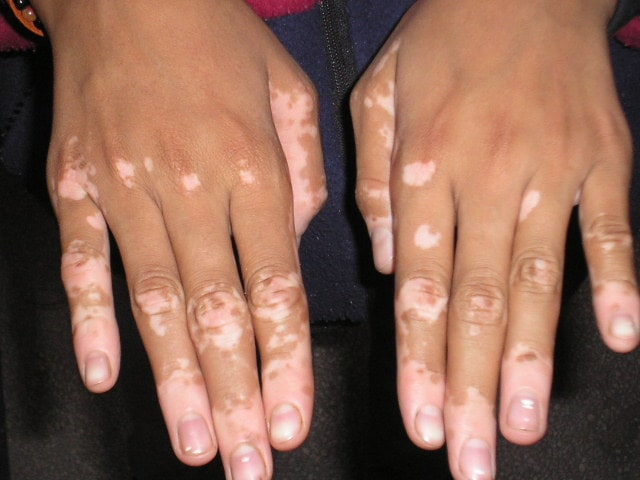
Vitiligo is a type of skin disorder. In this skin disease, white patches start appearing in different body parts because the pigment making cells in the skin in these areas are destroyed. The cells that are destroyed are known as melanocytes. However, you can also find this disorder affecting the nasal and oral tissues and the eyes.
Causes of Vitiligo
Until now no perfect cause of Vitiligo has been traced however, health experts are of the opinion that it occurs when certain components of the immune system within your body attacks some areas of your body by mistake. Some also consider it an autoimmune disease. The immunity system destroys the melanocytes however; medical professionals suggest that the melanocytes at times destroy themselves leading to formation of white patches. However, no theory has yet been confirmed.
Signs and Symptoms of Vitiligo

White patches are the major indications of Vitiligo. These patches are mostly found on the skin surface exposed to sunlight such as feet, hands, face, lips and arms. However, in some cases they also develop around the mouth, navel, nostrils, genitals, groin, armpits and rectal areas. In people suffering from Vitiligo the hair, turn gray in young age.
Diet for Vitiligo
Diet plays an important role in Vitiligo treatment. Food restrictions help in rapid healing of the patches.
- A person suffering from Vitiligo should limit the consumption of raw onion, raw tomato, raw garlic, curd, tamarind, green chili, papaya, citrus fruit juices and citrus fruits such as lemon, grapes and oranges.
- The intake of non-vegetarian, milk or dairy products and spicy/oily food should be restricted.
- The patient should not take medicines containing vitamin C, should avoid eating stored sour things, soda bicarbonate, coffee or cocoa/chocolate products, junk foods, drinks, and tinned foods.
- Tight fitting clothes should be avoided to enable free circulation of sunlight and blood.
Treatments of Vitiligo
- Medical treatments include application of steroid cream, light treatment that includes UVA and PUVA light, oral medicines.
- Surgical treatments include grafting the tissues from one area to another to match the natural skin color or tattooing the area of the skin if the area is small.
- Using sunscreens or cosmetics to cover the discoloration can be used as preventive and temporary measures respectively.
In rare cases, the white patches become so big that no treatment works. In this case, the patient might need medical counseling and help.
Thanks for reading this article share your comments on this Post
Add new comment